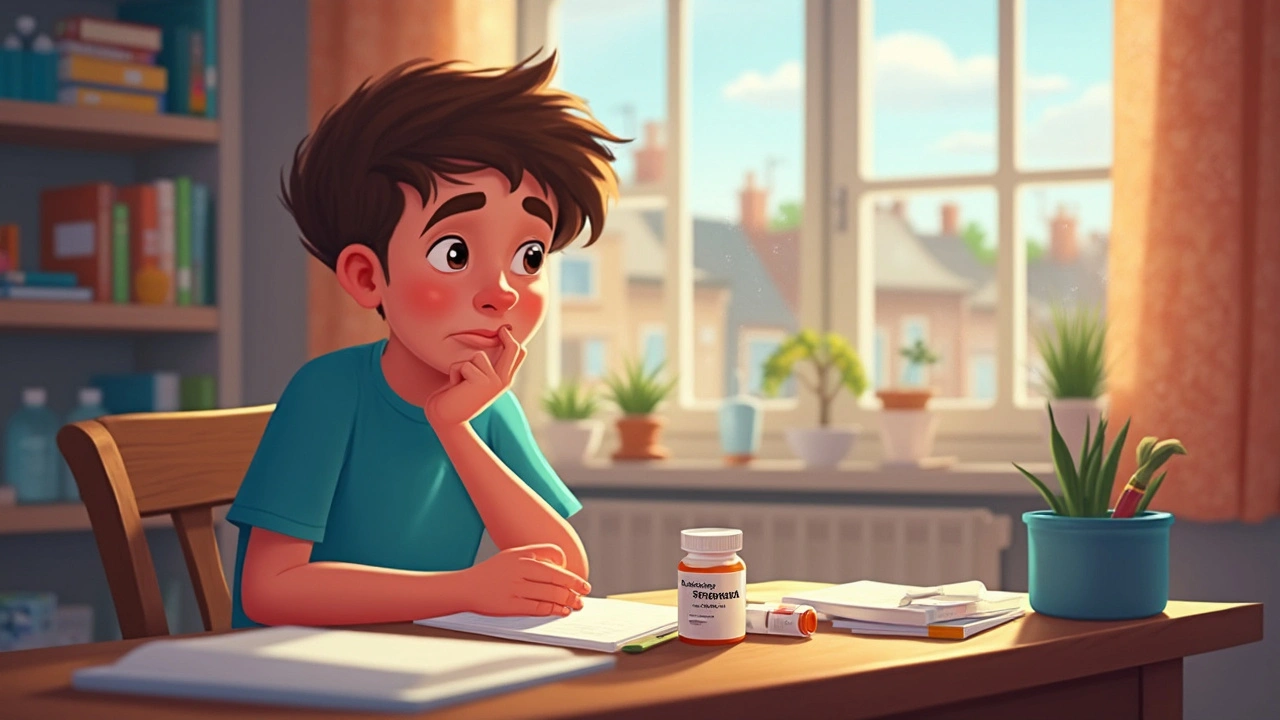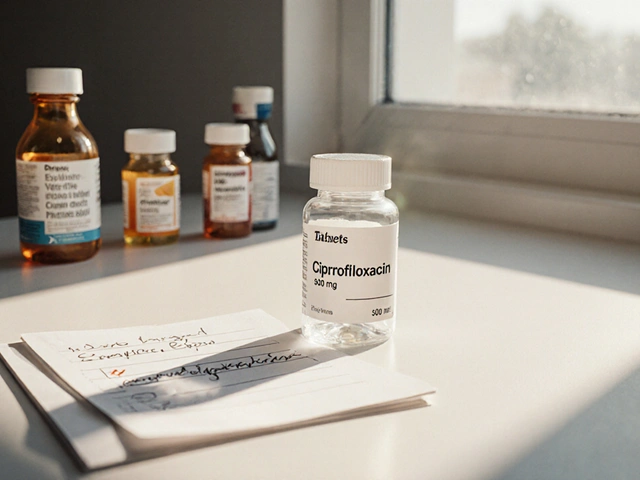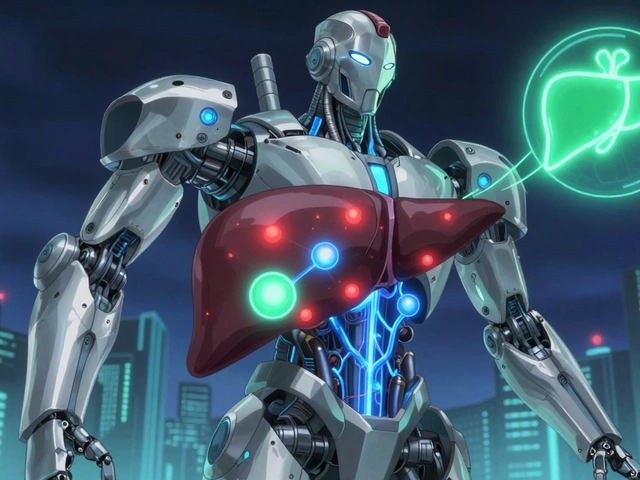Non-stimulant ADHD: Treatments, how they work, and what to expect
Looking for ADHD options without stimulants? Non-stimulant treatments can help reduce symptoms like inattention, impulsivity, and hyperactivity for people who can't take stimulants or prefer alternatives. They work differently, take longer to show benefit, and come with their own side-effect profile. Here’s a clear, practical guide so you know what to expect.
Which non-stimulants are used?
Atomoxetine (brand name Strattera) is a common choice. It blocks norepinephrine reuptake, improving focus over weeks. Alpha-2 agonists — guanfacine (Intuniv) and clonidine — calm overactive signals in the brain and help with hyperactivity and sleep. Bupropion is sometimes used off-label, especially when depression or low energy coexists. Each drug suits different needs.
Why pick one over another? Atomoxetine often helps with core attention symptoms and is less likely to be misused. Guanfacine and clonidine can reduce impulsivity and help kids who struggle with sleep. Bupropion can be useful if mood symptoms are present, but it’s not a first-line ADHD drug.
How fast do they work and how to judge improvement
Expect delays. Stimulants usually work within hours; non-stimulants can take 2–8 weeks to show clear benefit. Keep a simple symptom log for two months: note focus, homework time, impulsive acts, and sleep. Use that record when you review progress with your clinician.
Dosage usually starts low and increases slowly. For guanfacine and clonidine, dosing at night can reduce daytime drowsiness. Atomoxetine is dosed by weight in kids and by tolerance in adults. Your prescriber will outline a plan and follow-up schedule.
Side effects to watch for differ by drug. Atomoxetine can cause upset stomach, reduced appetite, mood changes, and rarely liver problems — report yellowing skin or dark urine. Guanfacine and clonidine often cause sleepiness, dizziness, or lower blood pressure; avoid sudden stopping because withdrawal can spike blood pressure. Bupropion may raise seizure risk in vulnerable people and can affect sleep.
Who benefits most? People with a history of substance use, those who had bad reactions to stimulants, or those with certain medical conditions may do better on non-stimulants. Kids with tics may be helped by guanfacine. If mood or anxiety is the main concern, your provider may combine meds or choose one that addresses both issues.
Practical tips: 1) Tell your clinician about past meds and substance history. 2) Track symptoms and side effects for several weeks. 3) Ask how long to try a dose before deciding it’s working. 4) Report severe dizziness, mood swings, or signs of liver trouble right away. 5) Combine medication with behavioral strategies for best results.
Non-stimulant ADHD meds won’t suit everyone, but they offer real options when stimulants aren’t right. Talk openly with your clinician, bring your symptom log, and plan regular check-ins to find the safest, most effective approach for your life.
Georgea Michelle, May, 28 2025
Strattera: A Deep Dive into Non-Stimulant ADHD Medication and Its Impact
Strattera, also known as atomoxetine, stands apart from other ADHD medications by being a non-stimulant option. This article explores how it works, who it helps, and what people should know before starting it. It also shares practical tips, side effects, and compares Strattera to stimulant medications using specific facts, giving a real-world perspective for patients, parents, and curious readers. Get everything you need to know if you’re considering Strattera or want to understand more about ADHD treatment.
View More





